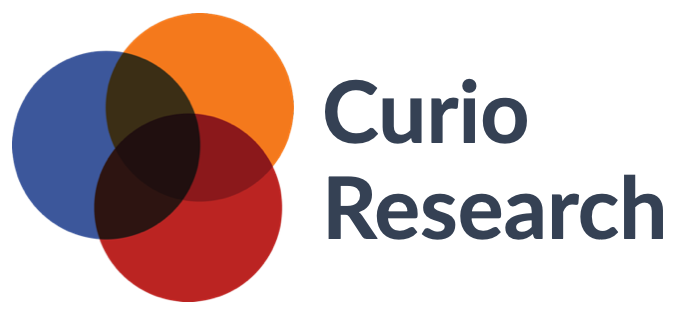5 Consumer Trends Driving Demand for Green Technology
Our planet is facing unprecedented environmental challenges, and consumers are increasingly conscious of their environmental impact. This shift in consumer attitudes and behaviors presents immense opportunities for companies offering green technology solutions. As a green tech marketer, understanding the key trends shaping this market is crucial for effective positioning and capturing this growing demand.
1. The Rise of Environmental Consciousness
Perhaps the most significant trend fueling the green tech market is the increasing environmental awareness among consumers globally. According to a 2023 study by Euromonitor, 64% of global consumers are worried about climate change. Millennials and Gen Z, in particular, prioritize sustainability and are willing to pay more for environmentally-friendly products and services. Over 45% of those generational segments are willing to pay a premium compared to an average 28% overall. This demographic segment values authenticity and transparency from brands, creating opportunities for companies with a genuine commitment to eco-friendly practices.
2. Demand for Transparency and Accountability
The growing desire for transparency from businesses regarding their environmental impact is closely tied to ecological consciousness. Consumers expect brands to be accountable and provide complete information about the lifecycle of their products and services. This trend has led to the rise of eco-labeling and certifications, enabling consumers to make informed choices aligned with their values.
3. Prioritizing Energy Efficiency and Renewable Energy
With rising energy costs and concerns about climate change, consumers are increasingly focused on energy efficiency and renewable energy sources. 74% of Americans support the US prioritizing a transition to renewables. From solar panels and wind turbines to smart home technologies and electric vehicles, there is a growing appetite for solutions that reduce energy consumption and carbon footprints. Marketers must effectively communicate their green tech offerings' long-term cost savings and environmental benefits.
4. Minimalism and the Sharing Economy
The minimalist movement and the rise of the sharing economy have reshaped consumer attitudes toward ownership and consumption. Many consumers, particularly in urban areas, are embracing collaborative consumption models such as ridesharing, product rentals, and peer-to-peer lending. Green tech companies can capitalize on this trend by offering innovative solutions that facilitate access over ownership and promote more sustainable resource utilization.
5. Preference for Locally Sourced and Circular Solutions
Stemming from a desire for reduced environmental impact and supporting local communities, consumers are increasingly seeking locally sourced and circular products and services. This trend creates opportunities for green tech companies to offer solutions that support local economies, reduce waste, and promote closed-loop systems. Marketers can highlight their offerings' local and sustainable aspects to resonate with this consumer segment.
What Does This Mean?
Green technology companies don’t have to deliver on all five of these trends, but the more reasons to believe marketers can offer on their sustainable products, the better. For example, consumers care that their new heat pump is going to reduce their household energy consumption and they’ll probably be willing to overlook the fact it was made in another country. It delivers on one demand trend well enough to make the purchase worthwhile to eco-conscious consumers, but heat pumps are now a crowded market. What can heat pump brands do to differentiate themselves from each other?
Research can help companies find ways to set themselves apart in a saturated market.
